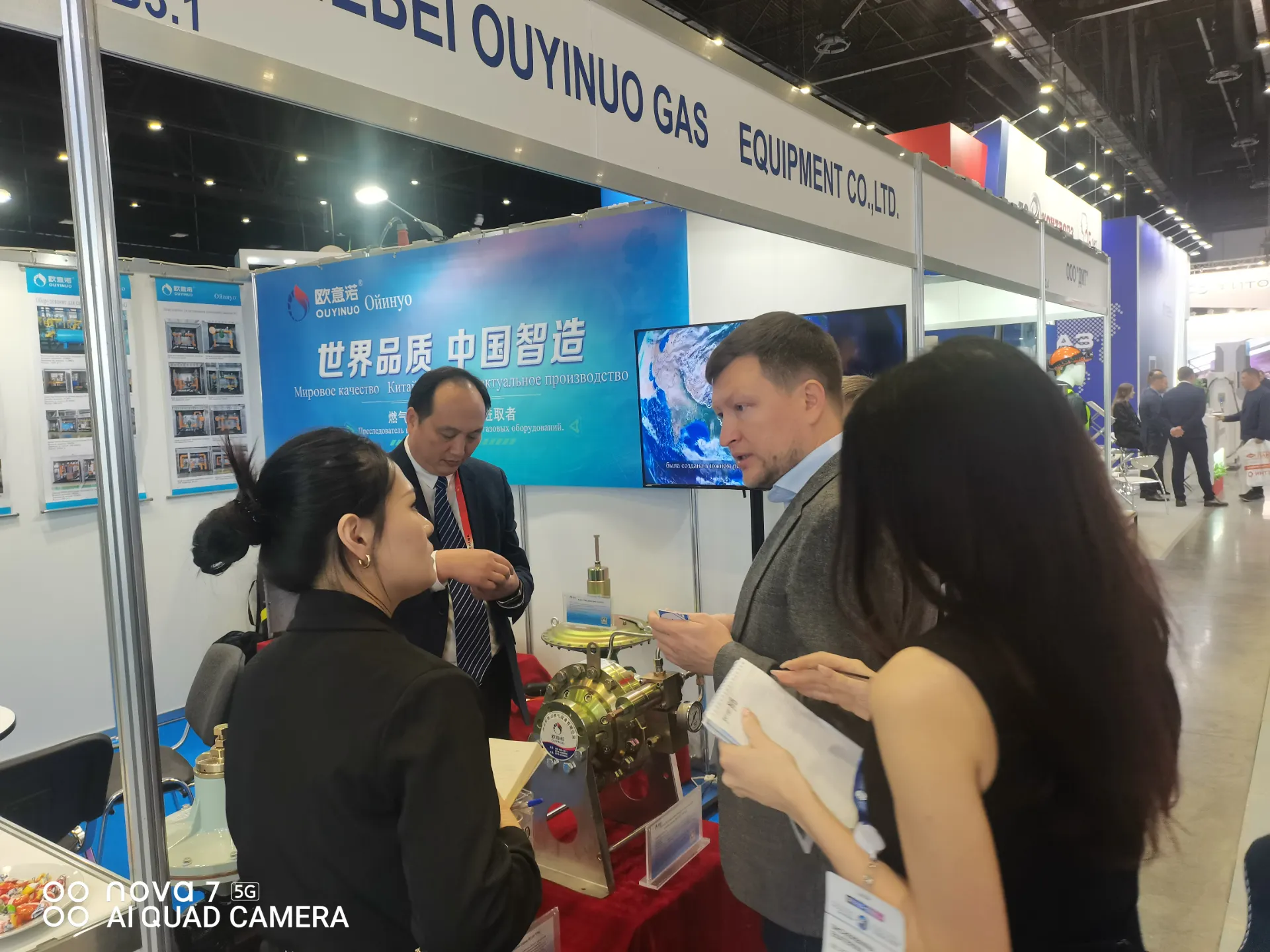
Nov . 08, 2024 06:13
Back to list
Design and Functionality of a Pressure Reduction Skid for Efficient Fluid Management
Pressure Reduction Skid A Comprehensive Overview
In the realm of industrial processes, the management of pressure is a critical factor that ensures safety, efficiency, and operational integrity. One of the key components in pressure management systems is the pressure reduction skid, an essential piece of equipment that plays a vital role in various industries, including oil and gas, chemical manufacturing, and power generation.
What is a Pressure Reduction Skid?
A pressure reduction skid is a pre-assembled, modular unit designed to reduce high inlet pressure to a lower outlet pressure. Typically, these skids comprise valves, pressure regulators, filters, and other ancillary components, all mounted on a platform for easy transportation and installation. The primary purpose of a pressure reduction skid is to safely manage the pressure of gases or liquids within a pipeline system, ensuring that equipment and processes downstream operate within their designated pressure limits.
Importance of Pressure Reduction Skids
1. Safety High-pressure systems can pose severe risks, including explosions and equipment failure. Pressure reduction skids are crucial in mitigating these dangers by lowering the pressure to safe levels before the fluid reaches sensitive equipment and operators.
2. Operational Efficiency By ensuring that the pressure is maintained at optimal levels, pressure reduction skids contribute to the overall efficiency of industrial processes. This optimization not only enhances productivity but also prolongs the lifespan of machinery, reducing maintenance costs and downtime.
3. Versatility Pressure reduction skids can be designed for various applications, accommodating different fluids, flow rates, and pressure requirements. This versatility makes them suitable for numerous industries, from natural gas distribution to chemical processing.
4. Modular Design The skid-mounted approach allows for easy installation, relocation, and scalability of processing facilities. This modularity is particularly beneficial in industries where infrastructure may need to be adjusted or expanded according to demand.
pressure reduction skid

Key Components of a Pressure Reduction Skid
1. Pressure Regulators These devices automatically adjust the flow of fluids to maintain a consistent output pressure, regardless of changes in input pressure. The accuracy and reliability of pressure regulators are essential for effective pressure management.
2. Valves Various types of valves, including gate valves, check valves, and ball valves, are included to control the flow of fluids into and out of the skid. These valves help to ensure that the system operates safely and efficiently.
3. Filters Removing particulates and contaminants from the fluid is crucial to protect downstream equipment. Filters are integrated into the skid to maintain fluid cleanliness and prevent damage to sensitive components.
4. Instrumentation and Control Pressure gauges, flow meters, and automated control systems are essential for monitoring and managing the pressure within the skid. These instruments provide real-time data that operators can use to make informed decisions.
Applications of Pressure Reduction Skids
Pressure reduction skids have a wide range of applications across various sectors. In the oil and gas industry, they are used to reduce natural gas pressure before distribution to consumers. In chemical plants, these skids regulate the pressure of reactants to ensure safe and efficient chemical reactions. Additionally, in power generation, they manage steam and gas pressures critical for turbine operations.
Conclusion
In conclusion, pressure reduction skids are indispensable components in modern industrial systems, serving vital roles in safety, regulatory compliance, and operational efficiency. Their modular designs and versatility make them an integral part of many industries, enabling seamless pressure management and contributing to the overall success of industrial operations. As industries continue to evolve, the importance of these skids in enhancing safety and efficiency will undoubtedly grow, making them a focal point in the design of future processing facilities.
Latest news
-
Safety Valve Spring-Loaded Design Overpressure ProtectionNewsJul.25,2025
-
Precision Voltage Regulator AC5 Accuracy Grade PerformanceNewsJul.25,2025
-
Natural Gas Pressure Regulating Skid Industrial Pipeline ApplicationsNewsJul.25,2025
-
Natural Gas Filter Stainless Steel Mesh Element DesignNewsJul.25,2025
-
Gas Pressure Regulator Valve Direct-Acting Spring-Loaded DesignNewsJul.25,2025
-
Decompression Equipment Multi-Stage Heat Exchange System DesignNewsJul.25,2025

